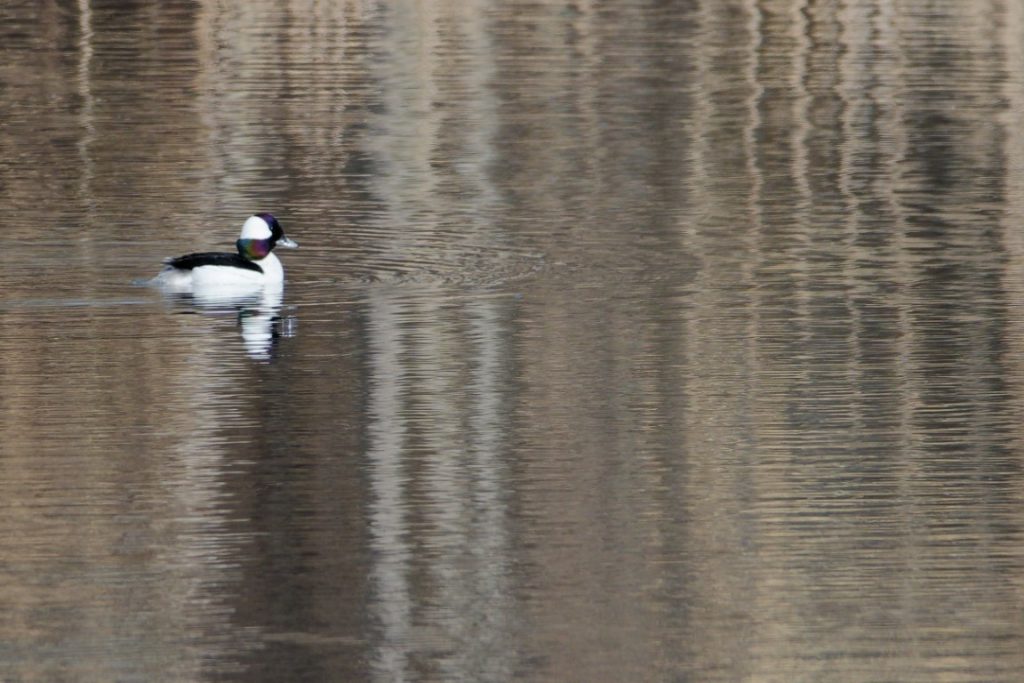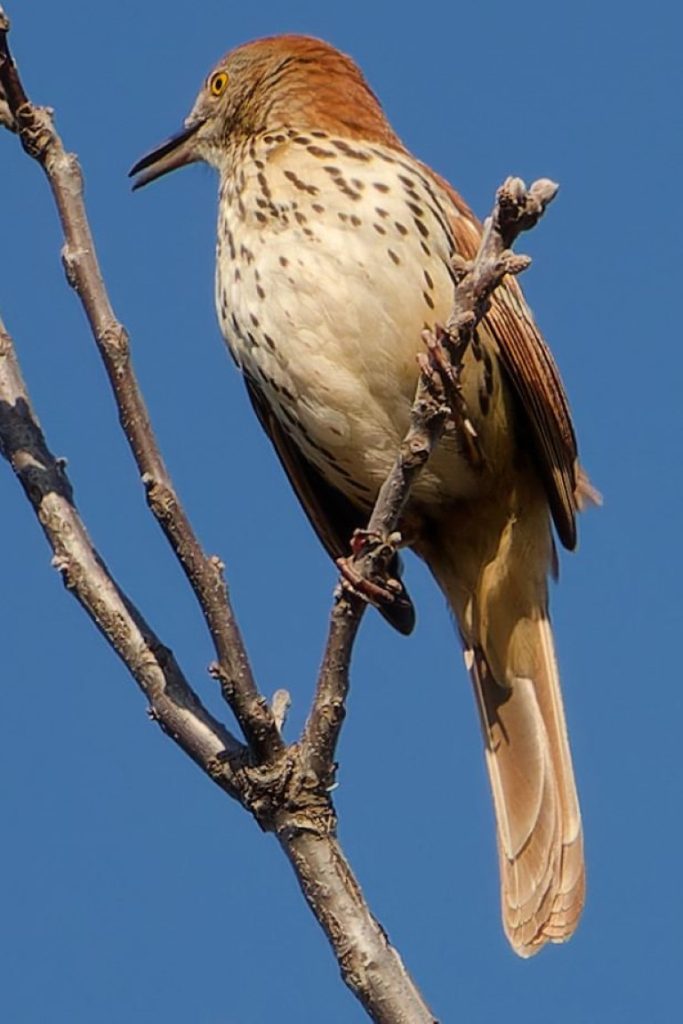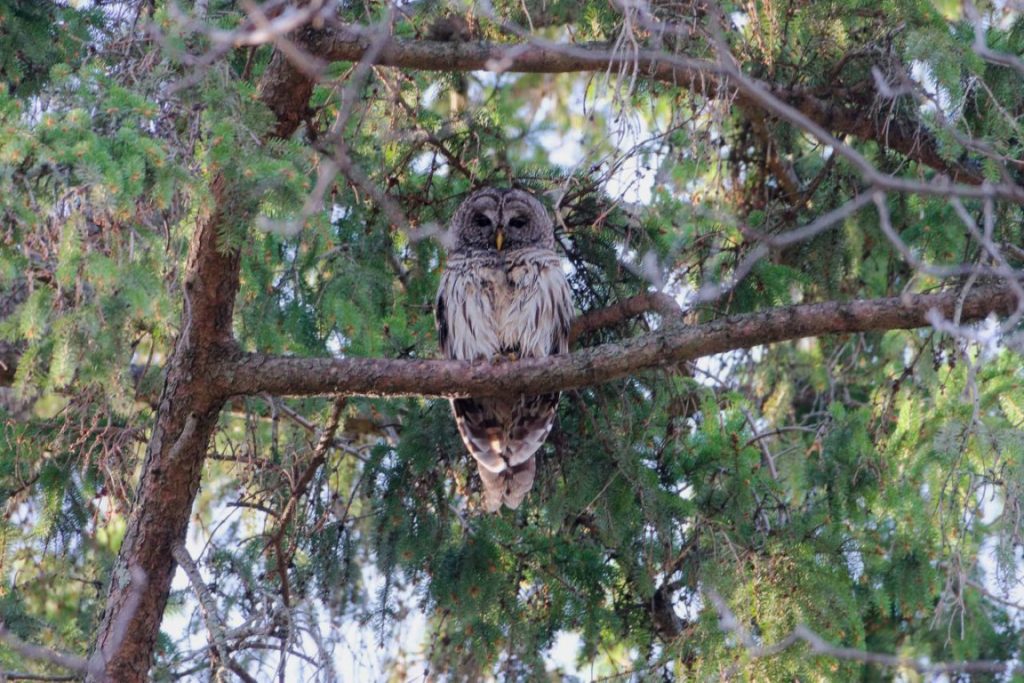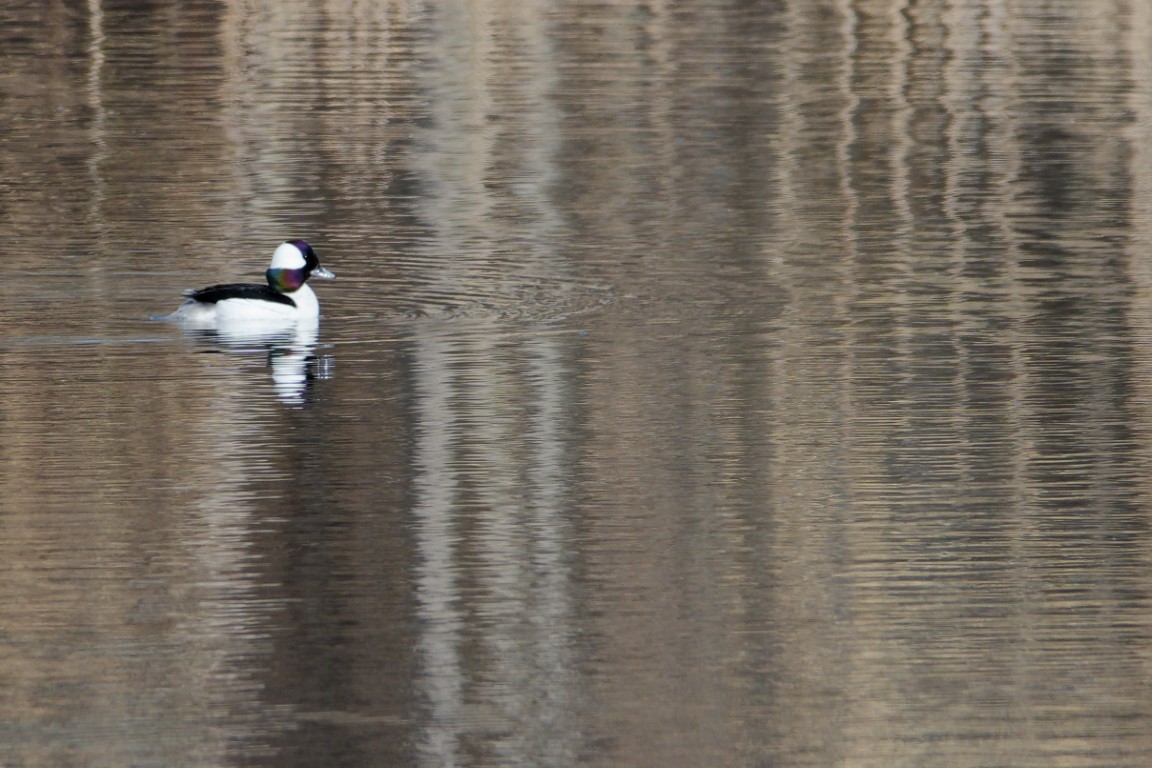This is the best time of year for people who like to watch birds. Every night thousands and sometimes even millions of birds fly over North America as they travel from their winter homes to their summer breeding grounds. Last night over 3 million birds flew over the county Jill and I live in. How do I know that? Because there’s a handy little migration dashboard you can use to track the birds that migrate to and through your area. It’s called Birdcast.
If you’re in the United States you can enter your zip code and find out how many birds flew over during the night, what their average altitude was and even their flight distance and speed. There’s even a little section that shows you some of the expected migrants so you know what to look for in your backyard or at your local park or nature preserve.
If you’re already a birder or if you’re interested in learning more about birds, Birdcast is a great tool to help you know when to look for birds and what species are arriving in your area at any given time during migration season.

Over the years Jill and I have figured out that southerly winds in a weather forecast tend to bring the best birds to our area during migration season. But whether the birds move overnight is of course dependent on the weather. They’re not going to fly during severe storms, for example. Now that we can use Birdcast as another tool, we know when the best days are to go looking for new birds that may stop to rest and eat and drink before continuing their long journeys to their summer homes (which are often in Northern Canada or even the Arctic).
Jill and I visited a state park this weekend to try to see how many birds species we could find. We ended up tallying 42 species after a two-hour, two mile leisurely hike.
Some of them were year-round birds for us like this brilliant-red Northern Cardinal:

Red-winged Blackbirds migrate to our area, but unlike many of the other songbirds that simply visit for a few weeks each April and May and then move on, many Red-winged Blackbirds nest in our state during the summer. We’ve seen males like this one for weeks now because they are usually one of the first migrating species to arrive.

We were excited to find this Brown Thrasher although it took awhile to locate him as he was singing away from the very top of a tree. According to the All About Birds website from the Cornell Lab of Ornithology, Brown Thrashers are exuberant singers, with one of the largest repertoires of any North American songbird. They can sing more than 1,100 different song types which includes imitations of other birds. This particular bird serenaded us for about 5 minutes with all different kinds of little tunes and noises. Later on our hike we got a concert from a second Brown Thrasher.

The Brown Thrashers might’ve been the highlight of our outing on any other day, but they were overshadowed by another bird species. This one does not migrate. In fact we just learned that it spends its whole life in a single area. And yet we’d never seen one before. I’m talking about a Barred Owl, and Jill and I are so grateful to the woman who took the time to point it out to us. He was sitting about 50 feet above the parking lot in a giant pine tree.

The first time we spotted him he was looking around, but when we returned from our hike and searched for him again with binoculars, he was snoozing. What a beautiful bird!
Whether you’re checking out birds for the first time, or birdwatching has been your hobby for many years, now is the time to get outside and see how many different kinds of birds you can spot during spring migration season!

